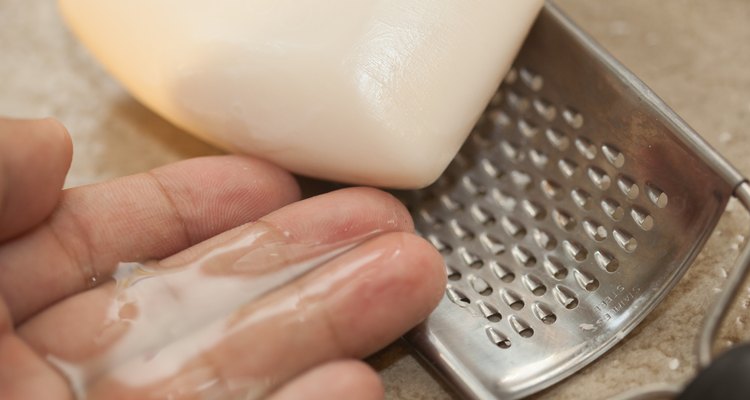
Easier to use and more sanitary than bar soap, liquid soap moisturizes and cleans hands without contamination from handling a bar of soap. Making liquid soap from a bar of soap or a collection of soap scraps can save money and it gives you the opportunity to customize the finished soap product too. Transform any type of bar soap to a liquid soap in a microwave container that you can use as hand soap in a pump dispenser or as a body wash.

Use the cheese grater to grate a bar of soap into the measuring cup to produce 1 cup of grated soap. If using soap scraps cut up the soap and measure out 1 cup of the small pieces. You can also cut up the bar soap into small, thin pieces instead of grating if you do not have a cheese grater available or use a food processor to chop the soap.

Put 1 cup of chopped soap in the microwaveable container of at least 3 quarts to allow the soap to expand. Add 3 cups of water to the microwave container and stir the contents together with a spoon. Place the container in the microwave.
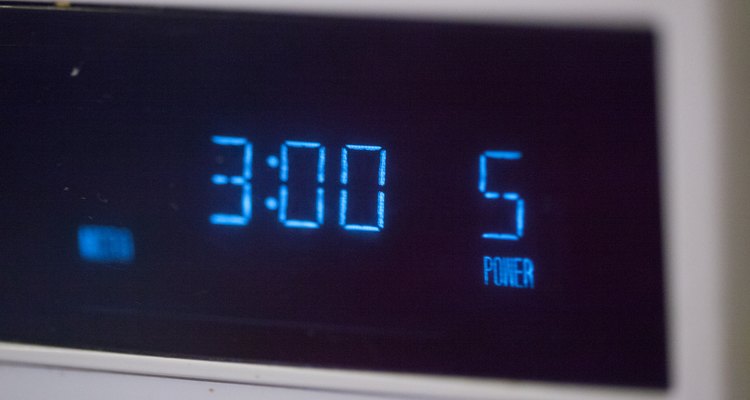
Microwave soap at half-power for 3 minutes, stirring the mixture at 1 minute intervals. Do not allow the mixture to boil. When finished, remove the container and let the mixture cool, stirring every 5 minutes for 20 minutes. Remove any small soap pieces present with a spoon or by straining through a colander. If the consistency appears very thick and gel-like when still hot, add an extra 1/2 cup of water to the mixture to thin it, as it will thicken more when it cools.
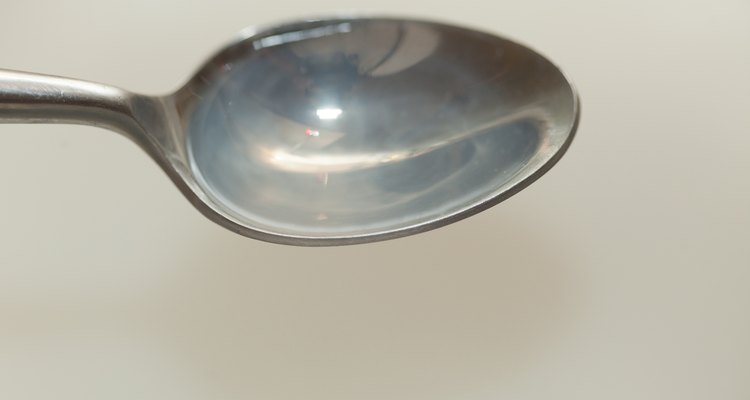
Add 2 teaspoons of vegetable or synthetic glycerin to the mixture to make it more of a moisturizing soap. Stir in the glycerin until completely dispersed throughout the soap. To add scent, add 10 drops of an essential oil of your choice such as lavender, peppermint, sweet orange or tea tree. This will also add natural antibacterial properties to your liquid soap since many essential oils are antibacterial. To avoid clashing with the scent of your bar soap, pick a complementary scent or use unscented bar soap.

Pour the liquefied soap into soap pump dispensers, storing any remaining soap in a glass jar for later use. Keep the jar in a cabinet at room temperature. Shake the soap occasionally if it begins to gel in either the pump or the jar.
Related Articles

Homemade Bay Rum Soap Recipe
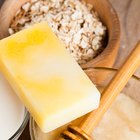
How to Make Honey & Oatmeal Soap
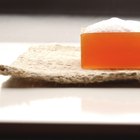
Ingredients of Bar Soap
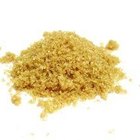
How to Make Sugar Soap

How to Add Citric Acid to Castile Soap

What Is Triple-Milled Soap?

How to Make Aloe & Seaweed Lotion

How to Slice a Bar of Soap in Half

How to Clean Palladium Jewelry
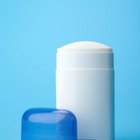
How to Make the most Effective Homemade ...
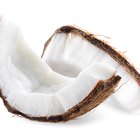
How to Ferment Coconut

How Does Homemade Soap Compare to ...

How to Make Beeswax Face Cream
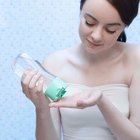
How to Make Gel Moisturizer
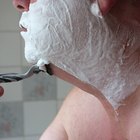
Shaving Soap Recipe With No Lye

How to Make Homemade Liquid Rouge

How to Make Yogurt Shampoo

How to Make Natural Face Moisturizer

Homemade Natural Unscented Glycerin ...

Homemade Coconut Pomade
References
Tips
- Substitute 2 teaspoons olive oil for glycerin in the soap recipe if you do not have glycerin available or wish to use a natural oil instead.
- Use twice the amount of water if making foaming liquid soap to put in special foaming soap dispensers.
Warnings
- Closely monitor the soap and water mixture when microwaving to avoid burning the mixture.
- Some soaps, like Ivory, expand when heated, so microwave in short bursts and stir frequently to prevent overflowing.
Writer Bio
Based in Las Vegas, Susan Paretts has been writing since 1998. She writes about many subjects including pets, finances, crafts, food, home improvement, shopping and going green. Her articles, short stories and reviews have appeared on City National Bank's website and on The Noseprint. Paretts holds a Master of Professional Writing from the University of Southern California.
Photo Credits
Juno Le/Demand Media